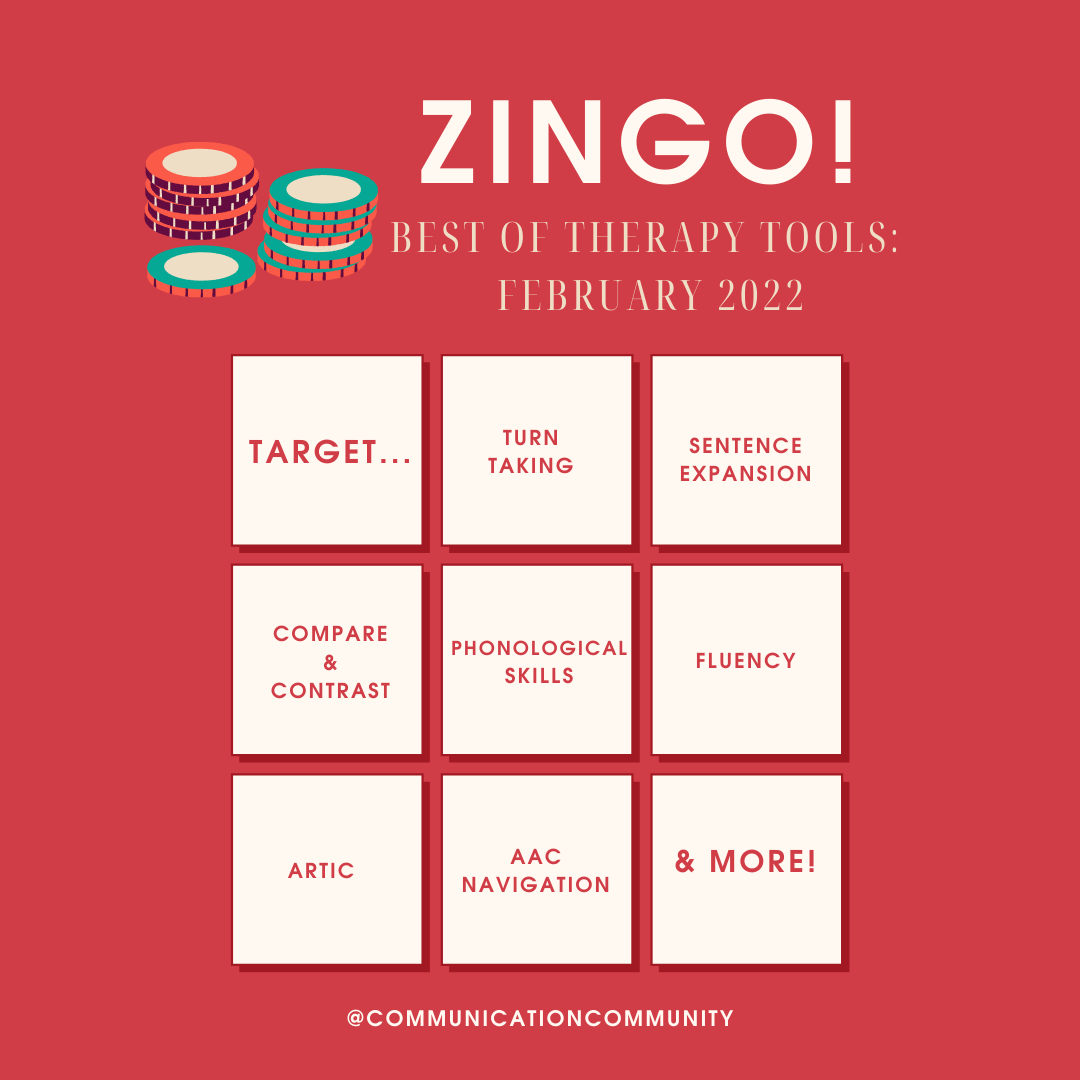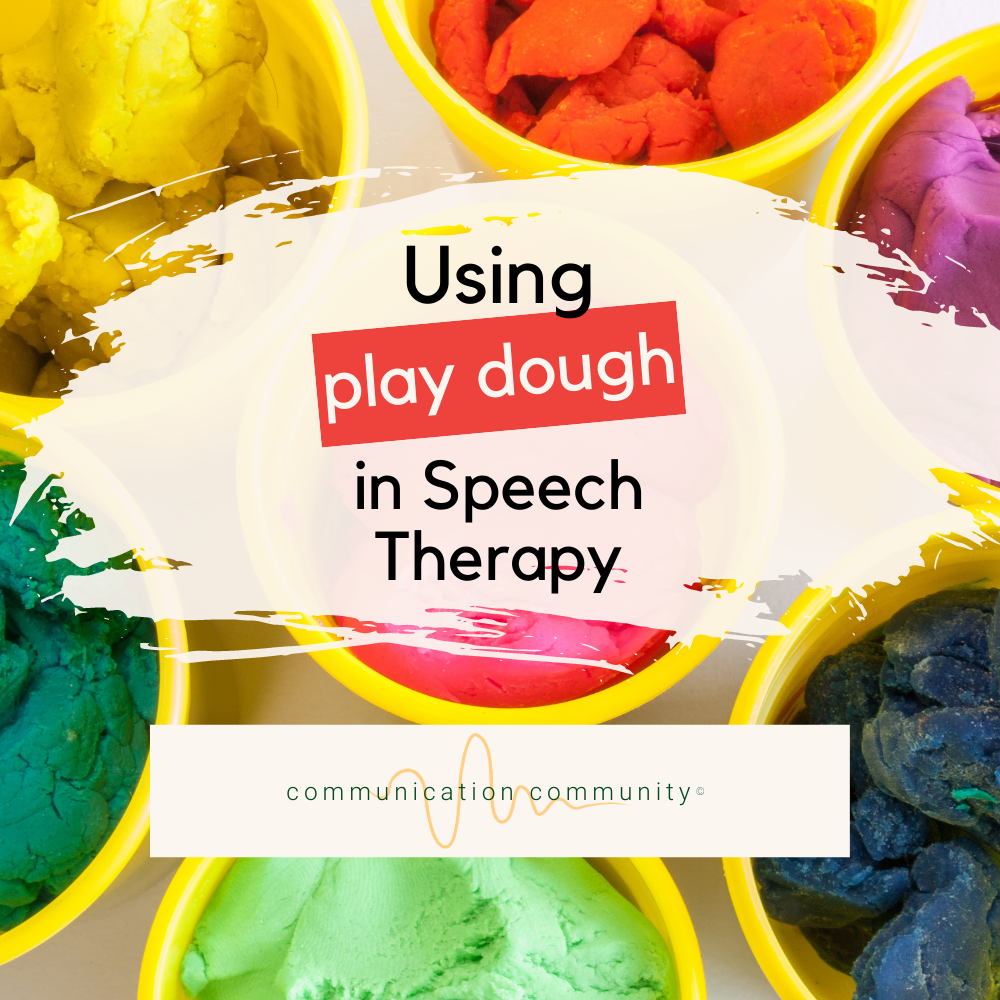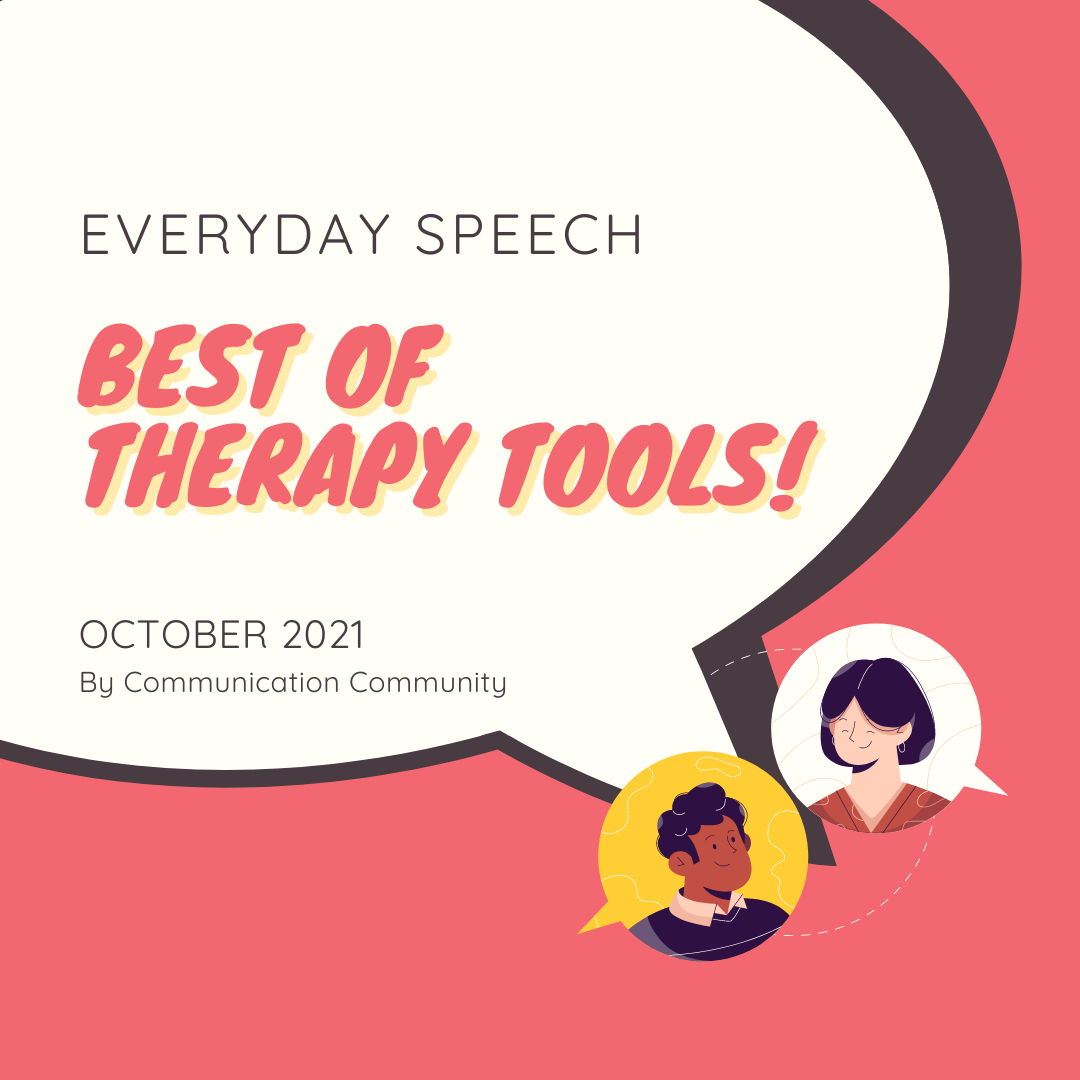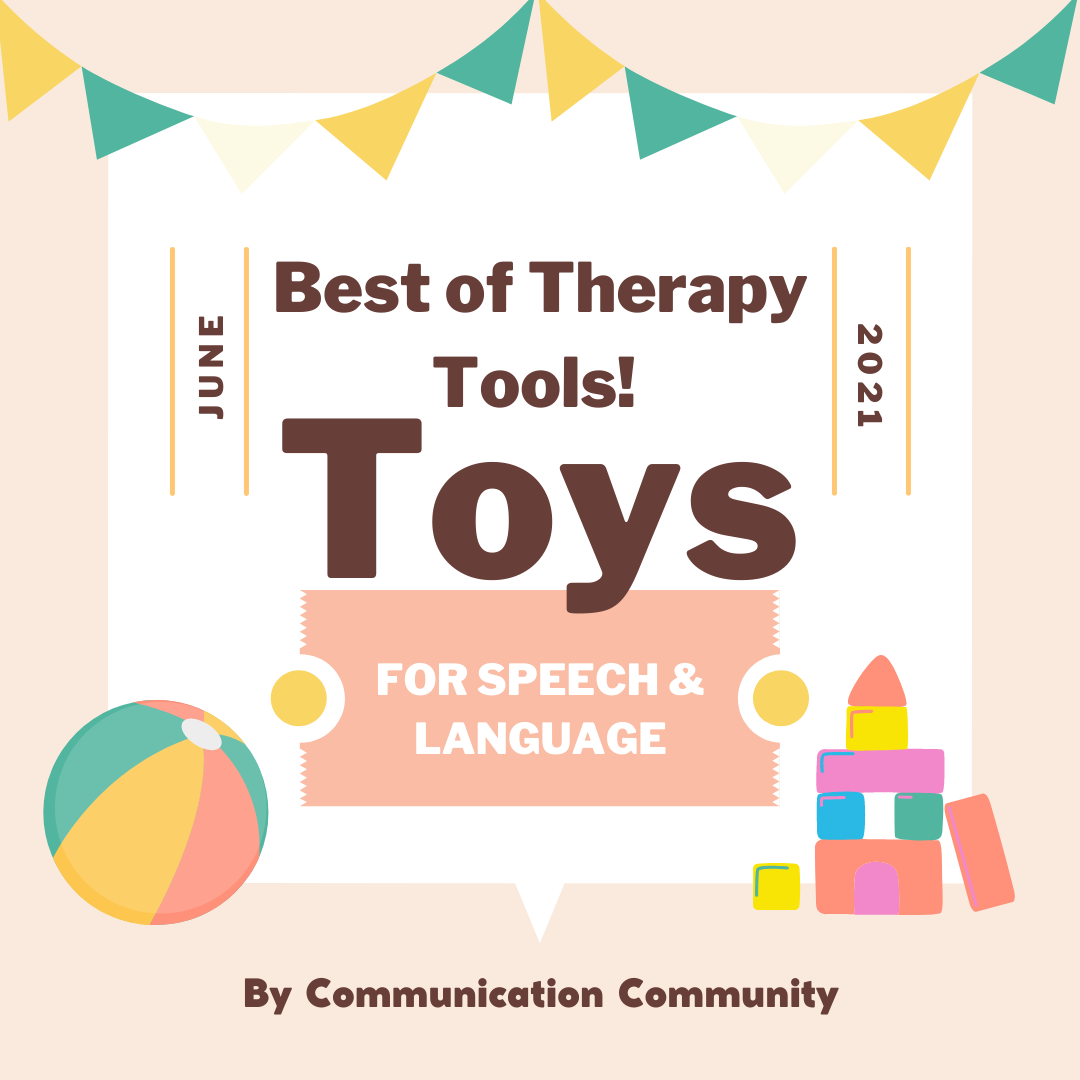Our comprehensive goal banks for school-aged language, AAC, Early Intervention & preschool, and fluency are available on our site or Teachers Pay Teachers store!
Save time creating goals with over THOUSANDS of possible goal combinations. Select your own combination of DO + CONDITION + CRITERION (and consistency) statements to develop personalized and measurable goals for your caseload.

Our “Best of” monthly posts serve to provide our readers with helpful bits of information or resources we have used over the last month, and this month, we have been thinking about the goal-writing formula we use when we are creating goals. You can also find it in our original post How to Write Speech Goals!

What are speech therapy goals?
Goals for speech-language therapy (as well as other services) are essential for providing the direction and treatment for individuals. As both speech-language pathologists and caregivers, the goals for an individual receiving treatment should be established and agreed on (with a multidisciplinary team, family, etc.) prior to beginning treatment.
But before we apply the formula, we have to determine what area of speech-language pathology we are going to target in treatment. For example, if results from an evaluation have shown an individual has deficits in receptive language (the language we understand), there will be a goal or goals related to receptive language. If any individual is learning to use an AAC device for communication, there will be goals about AAC and communication.
What to Include in a Speech Therapy Goal
Once we have determined the target area of treatment, we can think about our goal. When we create this goal, we think about the:
1. Do: what will they do?
2. Condition: in what condition will they do it?
3. Criterion: how accurate do they have to be doing it?
*Also commonly included is consistency (we incorporate this!). Aka does the individual have to meet a specific criterion more than once e.g., across 3 consecutive sessions? This is usually something commonly understood by the therapy organization/service provider and is sometimes/sometimes not included in the written goal itself. This is to ensure that the skill has been generalized and provides more reliable data that the skill has been properly mastered.

Speech Therapy Goals Examples
For example, a receptive language goal may be related to following 2-step directions. Following the formula we could say:
1. Do: follow verbal 2-step directions
2. Condition: within a structured setting (e.g. therapy or class)
3. Criterion: in 4 out of 5 opportunities
4. Consistency: across 3 consecutive sessions
The goal in its entirety:
[Individual] will follow verbal 2-step directions within a structured setting, in 4 out of 5 opportunities, across 3 consecutive sessions.
A goal related to articulation may be producing the /r/ sound. Following the formula we could say (excluding consistency):
1. Do: produce the /r/ sound in the initial, medial, and final positions
2. Condition: at the word level within structured activities
3. Criterion: with 90% accuracy
The goal in its entirety:
[Individual] will produce the /r/ sound in the initial, medial, and final positions at the word level within structured activities, with 90% accuracy.
| We find that initially separating the goals into the do, condition, criterion, (and consistency), is helpful to do before writing it all out to ensure a complete, measurable goal is written. |
|---|
Additionally, goals should be written so that they can be understood and interpreted by those who did not write the goal. Another speech-language pathologist should be able to read a client’s goals and know what is being targeted during sessions and how to target it. As a caregiver, it is important to know these goals so that you are aware of what your loved one is working on during their treatment sessions. If you are wanting to help with treatment carryover, you may realize that expecting your loved one to follow 4 or 5-step directions may be too difficult for them if they are currently working on 2-step directions during therapy.







